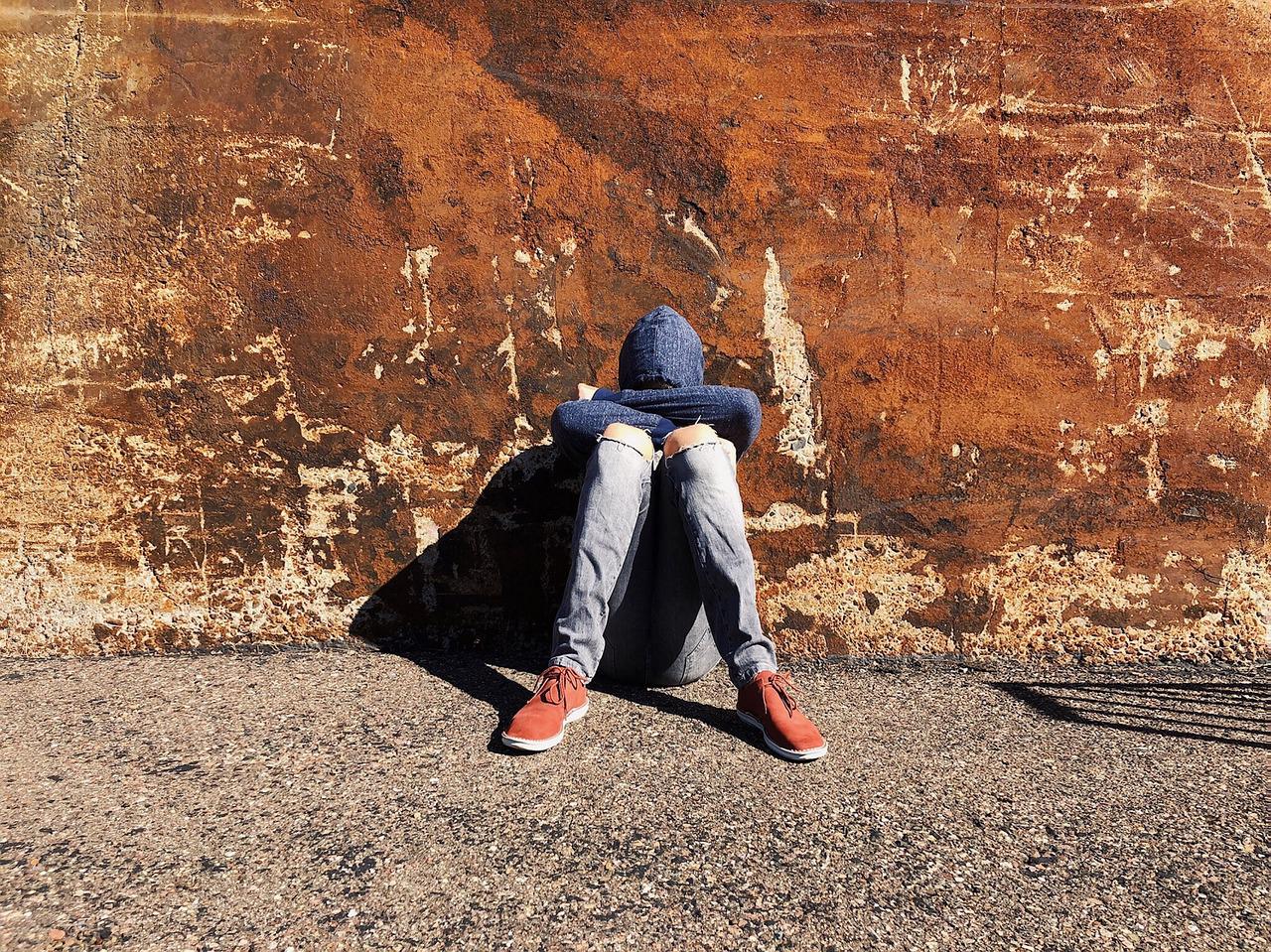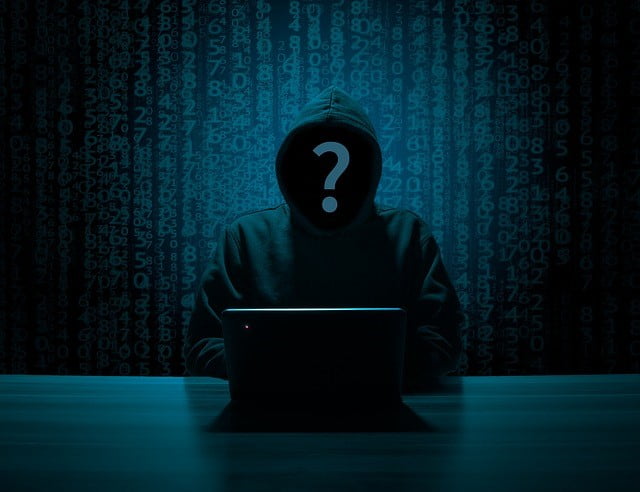What powers do police have to enter premises and search for children?
Searching premises for missing children fall into two areas, a search of the child’s home address and the search of other addresses not directly connected to the child, but where the child might be.
Searching the home of a missing child – In most cases the police should attend and search the child’s home address and the last place they were seen. This will usually be at the time an officer attends to take a report. In addition to the child’s bedroom, the search should include all areas to which they might have access to e.g. loft, communal areas, gardens, garages, shed and outbuildings. At a children’s home it is common for police to carry out a “room search”, particularly for repeat missing children. This is incorrect, and the search should be more thorough than just checking the child’s room to confirm they are not there. There have been numerous cases of missing children who have been found hiding or deceased in their own homes.
There is no legal power to enter and search a child’s home address unless certain criteria apply. A search of a child’s home will be conducted with consent of either the occupier or someone entitled to grant access. In the case of a children’s home this would mean a member of staff with responsibility for the management of the building at the time. Written consent should be obtained by the officer who will record the name of the person granting access and request a signature. Where consent is refused the police will record the refusal and the reason for it. A refusal by a parent or carer may be the first indicator that a criminal offence has been committed.
Consent is not needed where police officer has information, which gives him/her reasonable grounds to believe that someone inside is at serious risk of harm. In this case they may enter to save life or limb, or prevent serious damage to property – S17 Police & Criminal Evidence Act 1984.
Section 17 of the Police and Criminal Evidence Act 1984 provides police with power to enter and search premises for certain specified reasons. In relation to children the reasons that are most relevant are:
- saving life and limb (or prevent loss or serious damage to property);
- to arrest a child suspected of breaking conditions of remand - where a child has been remanded to local authority accommodation and has conditions imposed under S93 Legal Aid, Sentencing and Punishment of Offenders Act 2012;
- to arrest a child in pursuance of section 32(1A) of the Children and Young Persons Act 1969, any child or young person who has been remanded to local authority accommodation or youth detention accommodation under section 91 of the Legal Aid, Sentencing and Punishment of Offenders Act 2012.
- to recapture any person (applies to a child) who is, or is deemed for any purpose to be, unlawfully at large while liable to be detained in a prison, young offender institution, secure training centre or secure college;
- in pursuance of S92 of the Powers of Criminal Courts (Sentencing) Act 2000 – which deals with children and young person’s guilty of grave crimes such as murder who have escaped from detention.
Please note the above points relate specifically to children and do not reflect the full powers to search under S17.
Children who go missing who have been remanded to local authority accommodation (RLAA)?
This occurs when a child who has been charged with a criminal offence, appears before the court and is not granted bail. The court then remands the child into the care of the local authority, who are required to accommodate the child. The court can also impose conditions, for example, to ensure that the child does not interfere with witnesses or commit further offences. A court can only impose an electronic monitoring (tagging) condition if the child is 12 or over, charged with a grave crime or is charged with an imprisonable offence(s) and has a recent history of committing imprisonable offences on bail and other conditions are met.
When a child is RLAA they become a looked after child and they should be placed in ‘suitable’ accommodation. This can mean either secure accommodation, a non-secure children’s home, or a foster placement.
A child who goes missing when RLAA, in legal terms has escaped custody, but may also be classed as missing. In these cases if police believe the child to be in private premises , then they may enter (by force if necessary) to arrest the child.
Other premises – many young people gravitate to other addresses when missing. These may be the homes of their friends, relatives or sometimes their parents (if not living with them). The same rule applies for searching these addresses, as it does for the child’s own home. Police have no legal power to enter a private address and search for a missing child unless any of the criteria under S17 apply. Therefore, a search has to be with the consent of the owner or a person entitled to grant access. This is even the case where the child is absolutely 100% known to be in the address. No consent – no entry.
In cases where a child is believed to be in an address then consideration should be given to obtaining a Recovery Order under Section 50 of the Children Act 1989. This deals with the recovery of a child who is under a Care Order (Interim or Full), an Emergency Protection Order or under Police Protection.
Section 50 Children’s Act 1989 - Recovery Orders deal with the recovery of a child who is under a Care Order (Interim or Full), an Emergency Protection Order or under Police Protection. A court can issue a Recovery Order where it there is reason to believe that a child:
- has been unlawfully taken away or is being unlawfully kept away from the responsible person
- has run away or is staying away from the responsible person; or
- is missing
The order directs any person to produce the child on request to any authorised person, if they are in a position to do so. It also authorises the removal of the child by any authorised person and requires any person who has information as to the child’s whereabouts to disclose that information, if asked to do so, to a constable or an officer of the court.
A constable can to enter any premises specified in the order and search for the child using reasonable force if necessary. It is an offence to intentionally obstruct an authorised person exercising the power of an order. For more information on orders, please see our article ‘Children Care Orders – a simple guide’.
For children that do not fit into the above categories (e.g. s20 accommodated children), then a recovery order is not an option. Where it is appropriate, your alternative will be to apply for an EPO.
Where entry is refused, then Section 48(9) of the Children Act 1989 states:
‘where a court is satisfied that a person attempting to exercise powers under an EPO has been prevented from doing so by being refused entry to the premises concerned; or access to the child concerned (or likely to be), then it may issue a warrant authorising any constable to assist the person attempting to exercise the powers of the EPO (usually a social worker)’.
What powers do police have to take/seize samples for future identification?
The police may sometimes take items for DNA testing. Usually this means items such as a tooth or hair brush. In the majority of cases these items never see the inside of a laboratory. Generally, they are only sent for DNA analysis where the enquiry becomes protracted or where there is a likelihood that the person will be found deceased. This is also the same for dental records, for both are primary means of identification in the event a body is found. It is rare for police to take items for fingerprint evidence, unless foul play is suspected.
Police have no general legal power to seize items for DNA testing in missing person enquiries. Any seizure is done with the consent of the person entitled to grant access to the police. The police are required to record any items that they take during a search of any premises. Where police are lawfully on the premises (this includes with consent) they can seize property if they suspect the item has been obtained in consequence of the commission of an offence or is evidence of an offence. An example of this would be where a constable is searching a missing teenagers’ room with consent and comes across illegal drugs, the officer can seize the drugs as evidence of an offence without the consent of the occupier.
What powers do police have to seize or circulate a photograph of a missing child?
Photographs are a valuable investigative tool. Trying to locate a person without a recent photo is extremely difficult. Images are generally provided by the person reporting the person missing and are rarely seized by the police during a search of premises. If they are then the same rules apply – consent would be required.
Most missing children cases will not require a media appeal and the photograph is used internally by the police. Publicising a child’s name, age and photo in the media is never an ideal situation but it is often necessary where the risk outweighs the embarrassment and privacy issues the child might experience. Any media decision shouldn’t be undertaken lightly and should involve police making attempts to obtain consent from those with parental responsibility (PR). Where the child is under a full care order the authority level for publicity rests at a higher level, often the Assistant Director of Children’s Services. Where consent is refused, then police should make efforts to explain the reasons and benefits of publicity to those with PR. However, a senior police officer can decide to publicise a child’s case in the media without consent. In emergency situations the rank of the officer does not necessarily have to be that senior (force variations).
What powers do police have to take/seize items of property (other than DNA and photographs)?
Whilst a search of a child’s home address is to ensure that the child is not hiding or come to harm within the confines of the building/grounds, police will also search for clues as to the whereabouts of the child. This is information that may assist in locating them safely and could include such items as:
- photo’s (of the child, friends and associates, parents etc)
- credit cards
- mobile phones
- laptops and tablets
- diaries/address books
- documents
- suicide notes
- passports
Again, unless the officer reasonably suspects that anything he/she is seizing is evidence of, or has been obtained in the commission of an offence, then they must seek consent to take any items. The officer should always record in writing what they have sized and it should be restored as quickly as possible, once no longer required.
A final word on consent – gaining access to a child’s home, obtaining a photo (for identification), seizing a toothbrush (for DNA) and a diary (for clues) should rarely be a problem. If a police officer feels that carrying out one of these actions will add something to a missing person investigation, then it should raise no objection as long as it is reasonable. This is about safeguarding a child and returning them safely home.
For more information on the initial police investigation please read our article ‘Missing Children – the role of the police’.
What legal powers do police have to return a missing child home?
In the majority of cases police have no legal authority to return missing children to their home address or the place they were reported missing from. Police powers around missing children are limited. Where police do locate children, then it is usually the persuasive powers of the officer that convinces the child to return home. It often helps that most children do not realise that they don’t have to go with the police officer (in most cases).
There are some circumstances where police do have legal options to deal with missing children:
Police Protection
Section 46(1) of the Children Act 1989 enables police to remove a child into police protection if they are at risk of significant harm. The law states:
‘where a constable has reasonable cause to believe that a child would otherwise suffer significant harm he may –
- remove the child to suitable accommodation and keep him there; or
- take such steps as reasonable to ensure that the child’s removal from an hospital, or other place, in which he is then being accommodated is prevented.
Police Protection only lasts up to 72 hours. Should it be necessary to take the child into police protection, the child must be moved as soon as possible into local authority accommodation.
The threshold for police protection is high, the same as if you were applying to the court for a care order. There has to be ’reasonable cause to believe that a child would otherwise suffer significant harm’. This means that many children and young people who are found by police officers won’t meet this threshold.
For more information on this subject, please read our article Police Protection – a practical guide’.
Mental Health
Where a missing child who has been located appears to be suffering a mental health crisis, police may have the option to detain the child under the Mental Health Act 1983. Police also have at their disposal the option of applying the Mental Capacity Act in the cases of young people aged 16 and 17 years. The use of these powers will be very rare.
This states that where a person appears to a constable to be suffering from mental disorder and to be in immediate need of care or control, the constable may, if he thinks it necessary to do so in the interests of that person or for the protection of other persons—
- remove the person to a place of safety within the meaning of section 135, or
- if the person is already at a place of safety within the meaning of that section, keep the person at that place or remove the person to another place of safety.
This power is not available to be used in any house, flat or room where that person, or any other person, is living; or any yard, garden, garage or outhouse that is used in connection with the house, flat or room, other than one that is also used in connection with one or more other houses, flats or rooms (communal garden).
Under the act a person (aged 16 or older) lacks capacity in relation to a matter if, at the material time, they are unable to make a decision for themselves in relation to the matter because of an impairment or disturbance in the functioning of the mind or brain. It does not matter whether the impairment or disturbance is permanent or temporary.
Establishing whether a person lacks capacity is decided on the balance of probabilities. However, any decision should not be taken lightly, and decision makers should ask themselves whether they can bring a situation to a successful conclusion in a way that is less restrictive of the person’s rights and freedom of action.
Many of the examples of impairment or disturbance in the functioning of the mind or brain will not necessarily apply to missing children. Some that might apply are:
- a child attempting and threatening suicide
- where they have suffered injuries that affects capacity e.g. serious assault, road traffic collision etc.
- where they have suffered injury or illness and are subsequently refusing medical treatment
- where a child has significant learning disabilities
- where they are heavily under the symptoms of drugs or alcohol
Where a police officer makes a decision that a person does not have the capacity to make decisions for themselves and it appears that the person’s life may be at risk or they may suffer harm if action is not taken, then they may detain, restrain, remove and convey a person to hospital (this includes actions taken in private premises). All reasonable steps should be taken to ensure that any actions taken are necessary, proportionate and legal.
Can police use force to restrain a child?
As we can see from the above, there is no power to remove a child when they are not considered to be at risk of significant harm. This means that police DO NOT have the power to use force. Even simply ‘laying hands’ on a child to prevent them walking by in the street, would be unlawful. However, where police decide to take a child into police protection, then they may use reasonable force where appropriate. Whilst the use of force when using police protection is not covered explicitly within the Children’s Act, it is implied – “remove – keep him there – ensure the child’s removal is prevented”.
So the rule of thumb – no police protection – no force.
Police may use force when exercising heir powers under the Mental Health Act 1983 and the Mental Capacity Act 2005.
Thanks for reading

Get Involved!
Share Your own Safeguarding News and Research to reach a wider Audience
From Our Blog
Types of Child Exploitation
An overview of differnt types of child exploitation, including sexual exploitation, county lines and criminal exploitation
Sextortion – Guide and Resources
Sextortion – a guide and links to useful resources.
DVPOs and DVPNs – Guide and Resources
Domestic Violence Protection Notices (DVPNs) and Domestic Violence Protective Orders (DVPOs) – a guide and links to useful resources.
Type 4 FGM – mixed messages
Is labia stretching a form of FGM? What are the views of the World Health Organisation? Is it against the law?
Related Posts
The Safeguarding Hub
Share Your Safeguarding News And Research To Reach A Wider Audience









